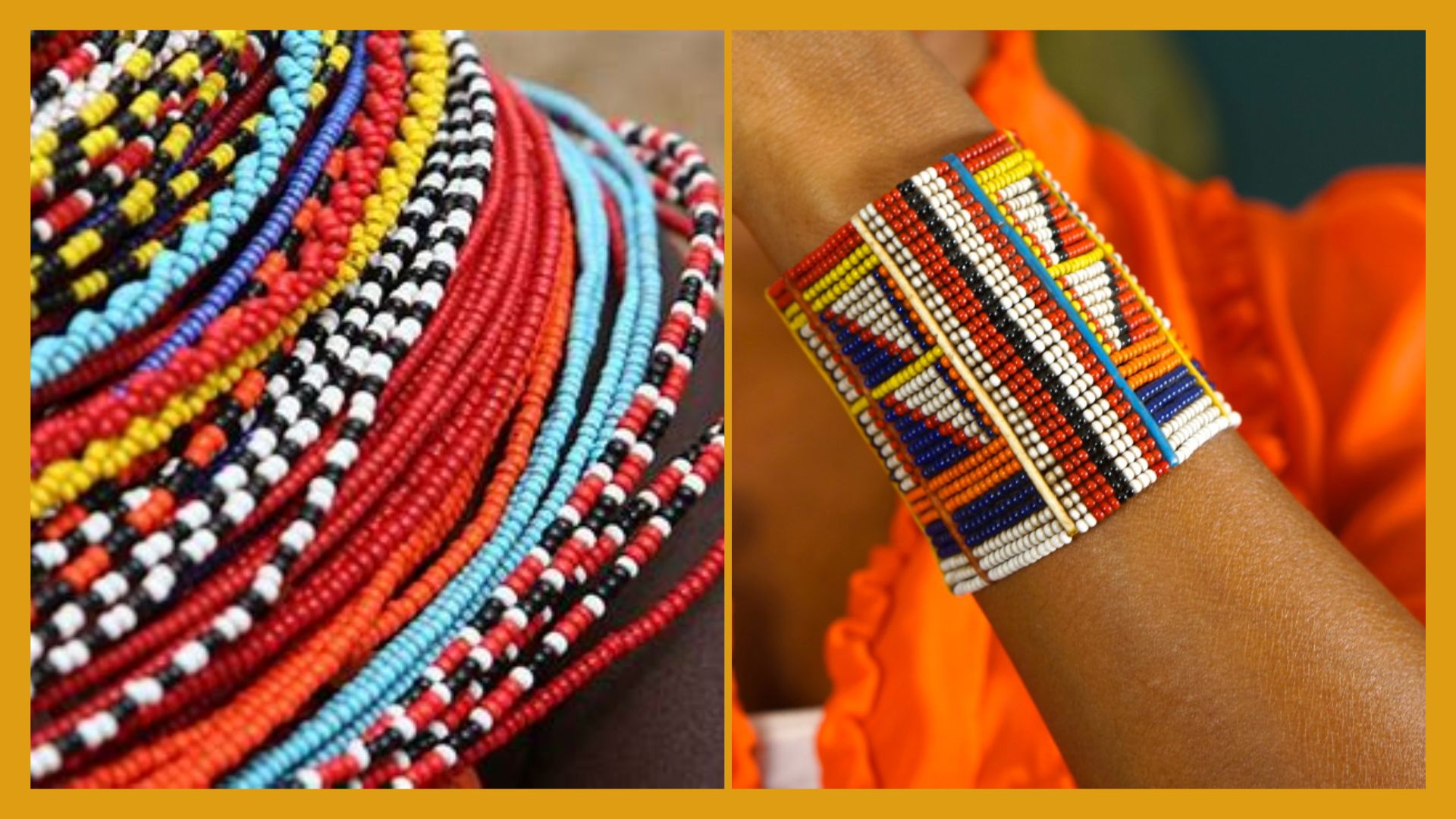
To Be Seen But Not To Be Heard: The Curse of The Maa Community
The pastoral communities in Kenya are well admired for their cultural essence, especially their decorative beads and shukas. At the exotic game drives, you will find Maasai dancers adorned in their regalia singing and dancing. The highlight of the dance is of course seeing how high off the ground they can jump. They are significant when it comes to describing how colorful our culture is and yet, I now find myself wondering if we truly value these communities.
For many of us, our colonial past is exactly just that; the past. However, the Maa community finds themselves as a spectacle to be seen and showcased during cultural heritage days, at the airport, exhibitions, and such like things. If not that, they are a depiction of how primitive African culture can be, and a plight is made to NGOs to help civilize these communities who are still plagued with FGM, early child marriages, and hunger. How often though do we consider their day-to-day lives? What are their cultural values? What does it mean to be a pastoralist in today’s world?
I am an artist and therefore art means a lot to me. For the pastoral community, livestock means everything to them. We don’t have to understand that but we can respect it. They do not place value in currency and other worldly possessions as they do their livestock. And their livestock is not just their source of wealth but their livelihood. They have existed peacefully, roaming God’s green earth and believing there is enough food on the earth as there is air. Hence, they move about grazing their animals, following the food and water as it naturally occurs.
Thanks to the Nairobi Film Festival, I got to watch ‘The Battle for Laikipia’ a film that depicts the intricacies of colonialism to the modern-day Samburu community living in Laikipia. The film gets your blood boiling with every second and for a moment, I understood why animators would have cartoons turn red, with steam blowing off their ears. As depicted by the film, thanks to climate change, the pastoral communities found themselves with limited grazing areas. Their cattle would often stray into the neighboring ranches owned by white settlers. These white people had copious tracts of land with the smallest in size being 8,000 acres. Let me repeat that – an 8,000-acre piece of land owned by one white family was the smallest ranch depicted. The white settlers felt aggrieved that the Samburu community did not understand boundaries and hence went to war with them for continuously grazing on their land which had been sold to their forefathers by the Samburu chief during the colonial times, with a letter dated 1929 serving as evidence of the same.
The white settlers further insisted that the Samburu must learn to coexist with them and not the other way around citing that pastoralism was a dying way of life. If we do the math and just had the community feed on even 7000 acres, it would not feed just one mouth but families who have learned the art of sharing as they are a communal people. Instead, they have to beg and plead for their cattle and their lives for crossing the boundary on their ancestral land. At this point, the African in me felt sad that I had also bought into the dream of retiring on a ranch somewhere upcountry undisturbed by the world outside my piece of land. The Samburu who date back generations and are indigenous to the lands being killed and slaughtered by white people while the Kenyan government enables this massacre of its own people. The one or two white people who get caught up in the crossfire get news coverage and the community is labeled as one of bandits and cattle rustlers.
This is the curse of the Maa people. We don’t often get to hear their voice. We do not know their woes. We are so used to hearing other people speak on behalf of the community but clearly, the mouthpiece is broken. A people left behind in the struggle for independence as they fight the white man with limited guns and spears. A people who have seen everyone steal a piece of their culture if the Maasai sandals, shukas, and Maasai markets are anything to go by. A people who eat the breadcrumbs of our remains as we all turn to capitalistic and individualistic ways. What’s worse, despite the rage this film evoked, I know my rage will not do anything to help the Maa community. And so for yet another generation, the Maa will silently be wiped out or in the words of one white man in the film they will be ‘cleared’ and all that will be left will be skewed memories of the community.
Miriam
Some communities are not well recognized